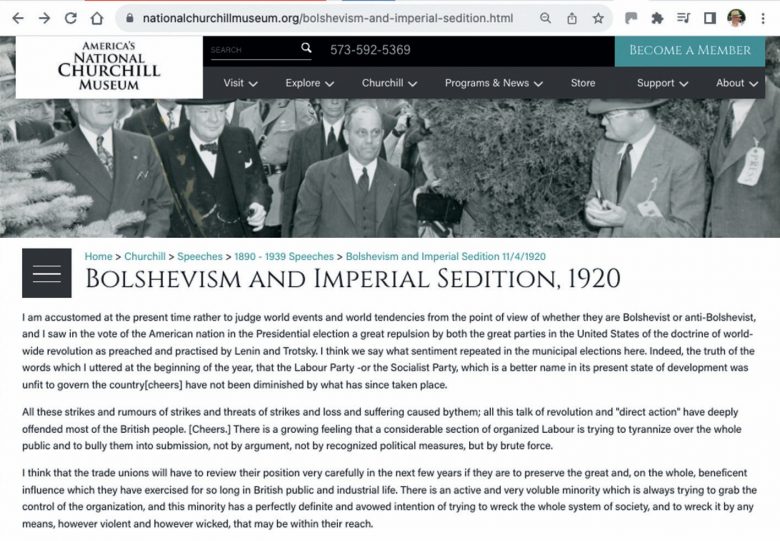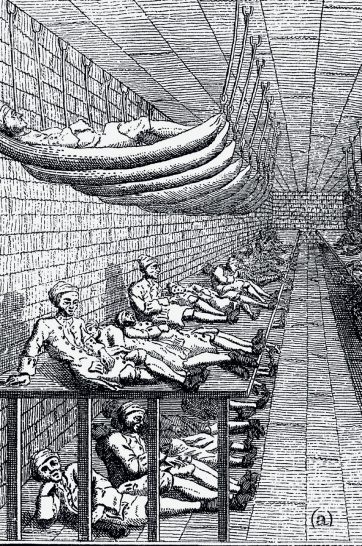
Historians who favour the ‘top-down’ explanation of the English Reformation have plenty of evidence to support their viewpoint. At the start of his reign Henry VIII was a devout Catholic. In 1521 Pope Leo X had even given him the title ‘Defender of the Faith’ after he had written a book defending the Catholic Church from Martin Luther’s attacks on it. Cardinal Wolsey persecuted supporters of the Protestant movement in England at the time and there is no evidence at this stage that Henry had any sympathy with the new reforming ideas.
Henry only decided to reform the Church in England when he tried to divorce Catherine of Aragon. If there was a clear start point to the English Reformation it has to be in 1527 when Pope Clement VII refused to grant a divorce. This led Henry to begin the process of ‘political reformation’ that saw him create his own Church of England. Between 1532 and 1534 a sequence of Acts of Parliament, culminating in the 1534 Act of Supremacy established Henry VIII as head of the Church in England.
Your organisation does not have access to this article.
Sign up today to give your students the edge they need to achieve their best grades with subject expertise
Subscribe




